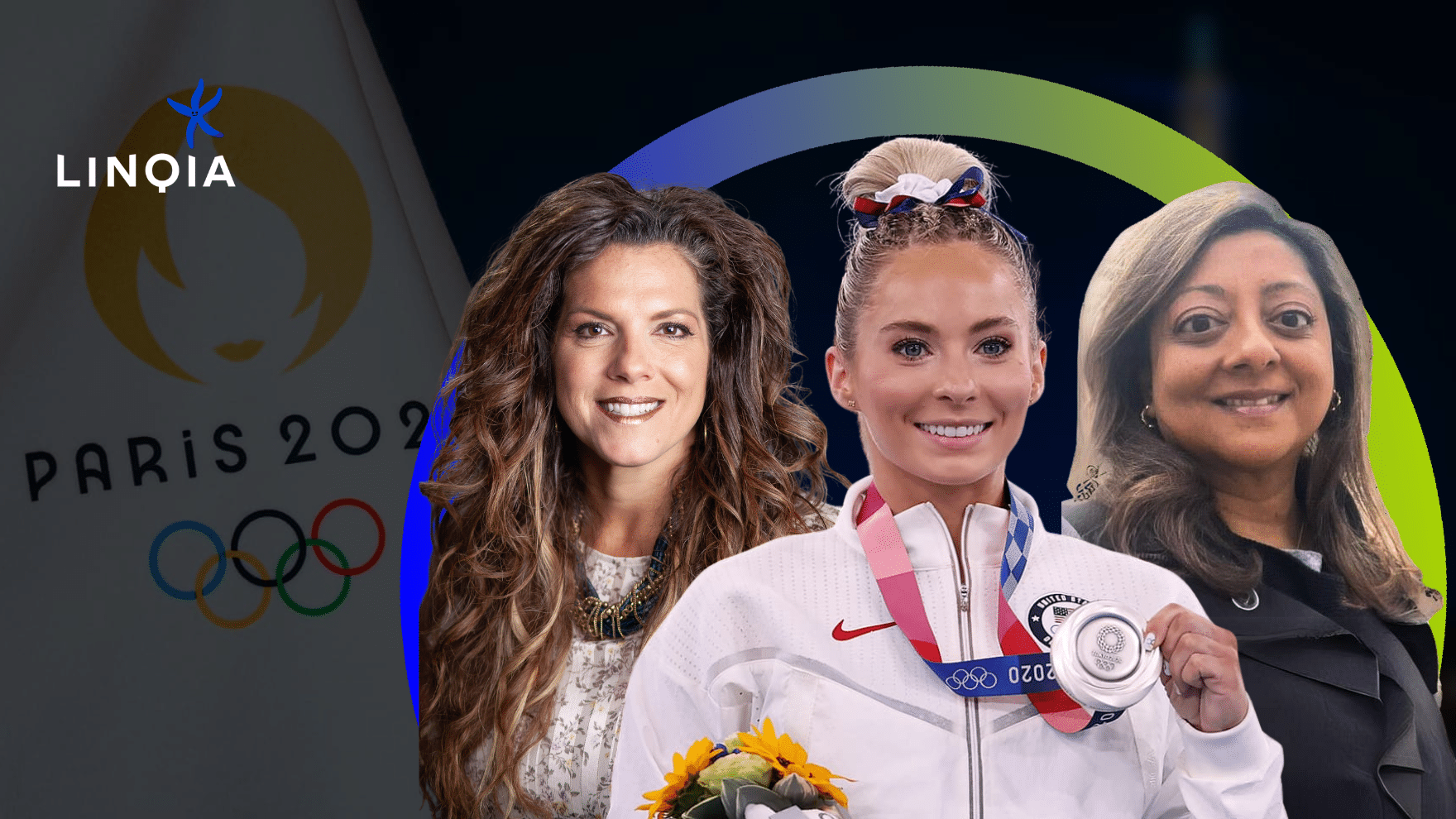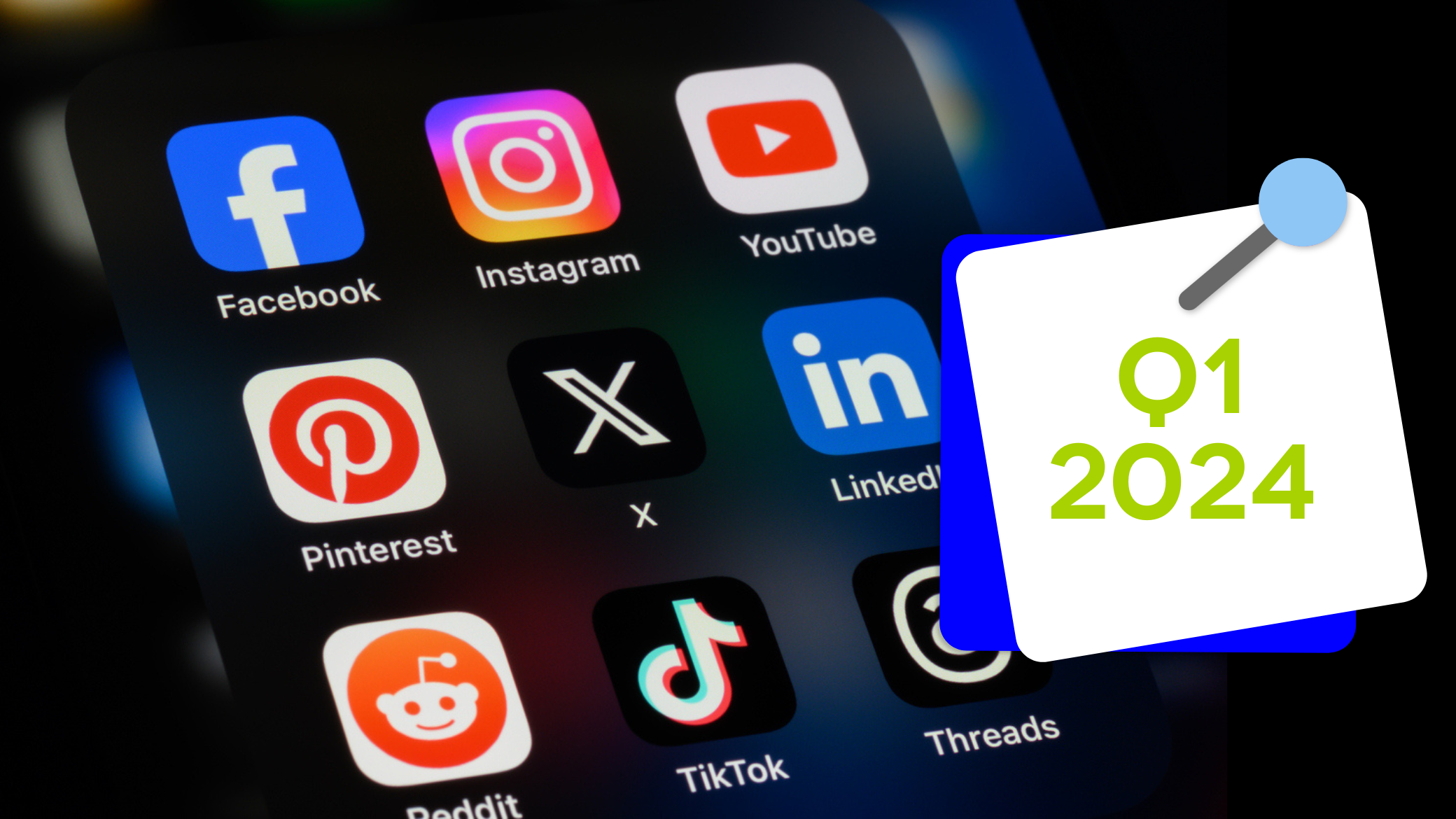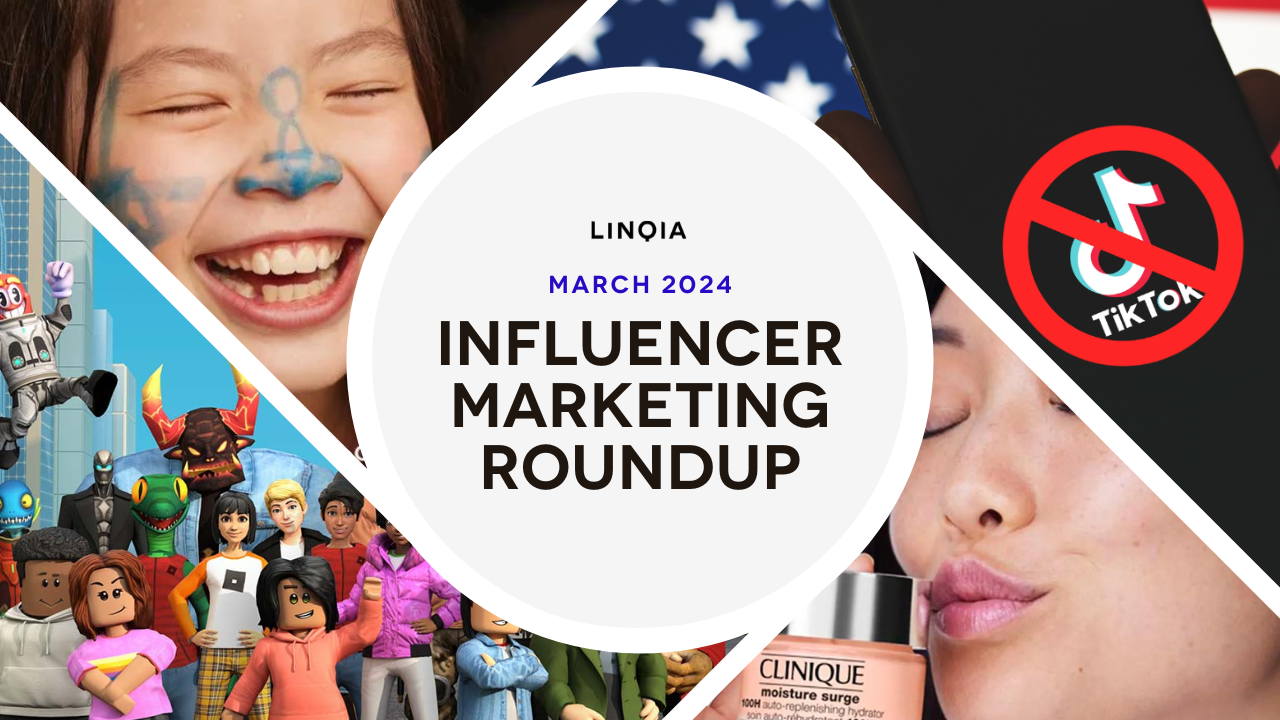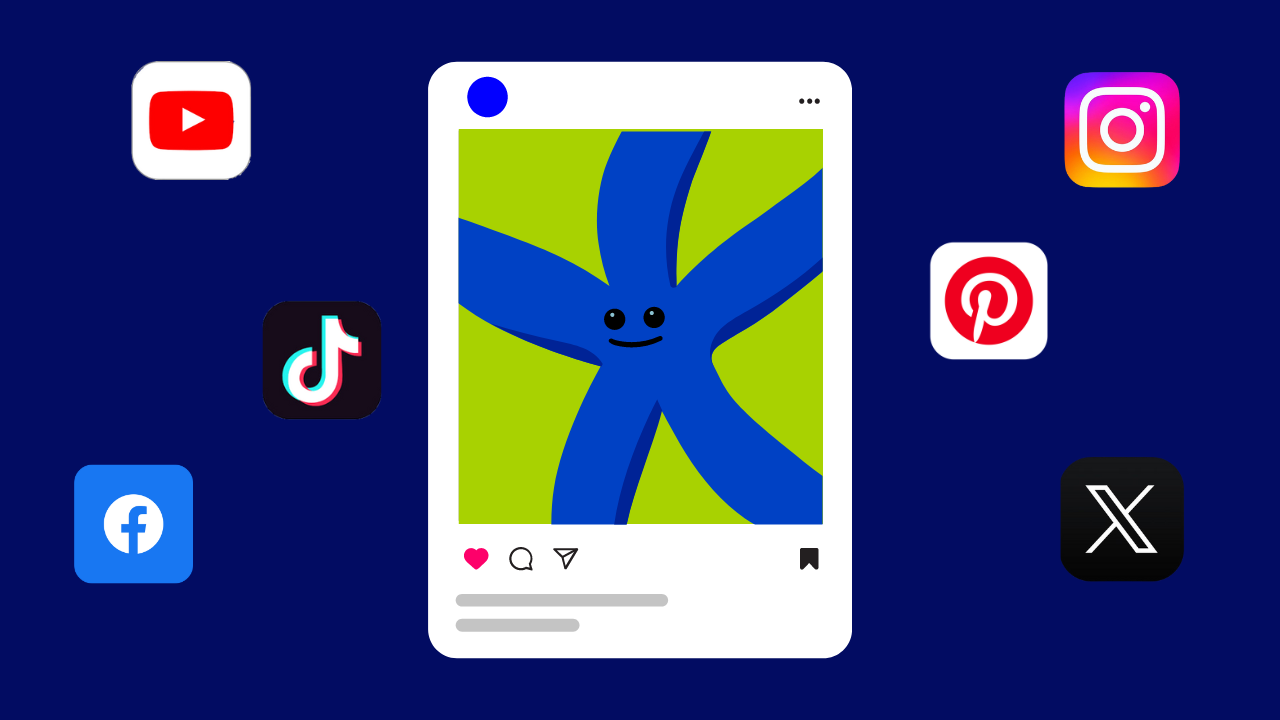People are increasingly wary of ads and brand-created content. Surprisingly, despite the fact that only 1% of Millennials trust brand-created ads, brands continue to spend millions of dollars on expensive ad buys. This can be troublesome considering a study by Offerpop reports that 50% of consumers find user-generated content (UGC) more memorable than brand produced content and spend 90% more time on websites that feature UGC.
As brands struggle to find ways to reach their target audience, influencer marketing shines bright like a light at the end of a dark tunnel. Brands are increasingly investing in influencer marketing (3 out of 4 marketers today use it in some capacity) because it empowers brands to reach their target audiences through the voices of people they trust – their peers.
Yet even with the surging popularity of influencer marketing, 75% of professionals consider identifying the right influencers for their influencer marketing strategy to be their biggest challenge. Because not all influencers are created equal, knowing the difference between the various categories can help determine which type is right for your influencer marketing strategy.
Influencers can be broken down into three categories:
Celebrity/top-tier influencers
From Kendall and Kylie Jenner to popular YouTubers like Zoella and Michelle Phan, these influencers are social media superstars with millions of fans and followers. Brands are drawn to celebrity and top-tier influencers because they come with a massive audience and impressive potential reach numbers.
However, more brands are beginning to realize that star power comes with a hefty price tag; one that often returns more buck than bang. Celebrity and top-tier influencers often charge expensive, flat-rate fees with no guarantee that their followers will engage with, or even see, the content. Don’t be so quickly fooled by their massive audiences – a recent SheKnows Media survey found that 86% of respondents put trust in recommendations from everyday people above celebrities because they don’t appear to have ulterior motives when talking about products or services.
Micro-influencers
These individuals holds influence over their immediate circles – neighbors, colleagues, friends, and family – through traditional word of mouth, in person conversations. Micro-influencers are powerful for grassroots mobilization and activation efforts, like the referral programs used by ride-sharing apps and delivery services where influencers can offer a unique code for a mutual discount or reward. However, everyday people have limited reach and can only influence those in their close circles, making it challenging to mobilize this category of influencers at a larger scale.
Power-middle influencers
Defined as individuals with audiences of between 10,000 and 250,000 followers, the “power-middle” is trusted by their audiences, having built their following organically rather than through celebrity status. These influencers have a close-knit community of followers, who are drawn to their ability to tell stories that inform or entertain. Because the audience trusts the influencer’s reviews and opinions, they are more likely to take action and engage. Brands often have the ability to activate segments by demographic, geographic, interest graph, and behavioral attributes. Additionally, working with power-middle influencers is more affordable than working with celebrities or top-tiers and much easier to scale than a program filled with micro-influencers.
Working with a large pool of power-middle influencers can be time consuming, however, as brands must manage the content to ensure the influencers are creating assets that are consistent with the brand’s message. Also, the content quality may differ across influencers, with some producing content that mirrors professional quality while others mimic amateur levels.
Before you launch an influencer marketing program, identify the program goals and KPIs then build an influencer list that gives you the best chance of meeting and exceeding those numbers while staying within budget. Whether you work solely with one category or put together a mix of the three, make sure you choose influencers who will simultaneously represent the brand positively and meet their program objectives.




